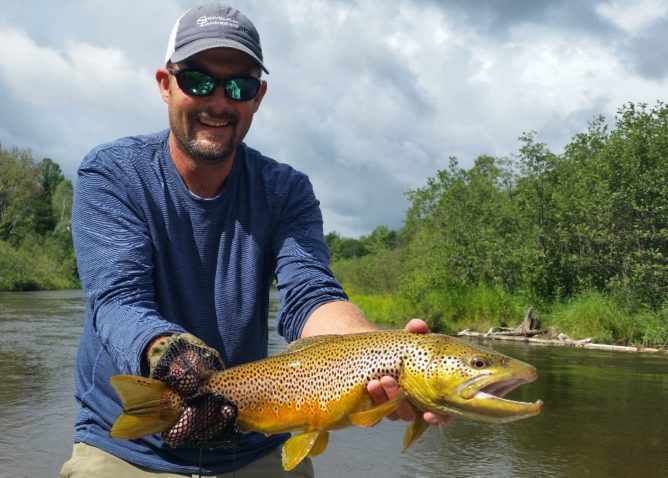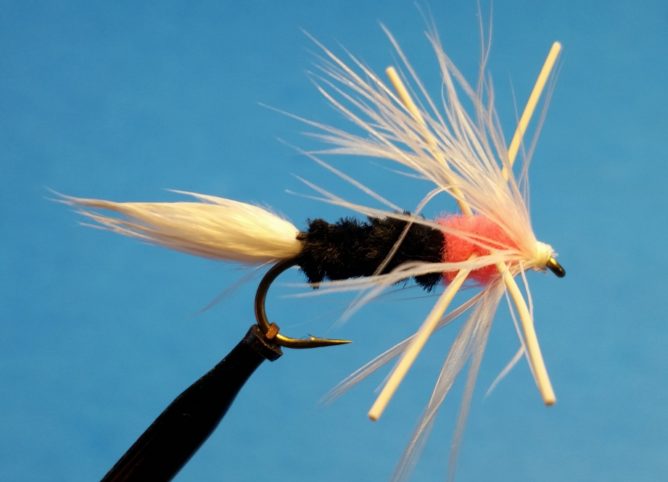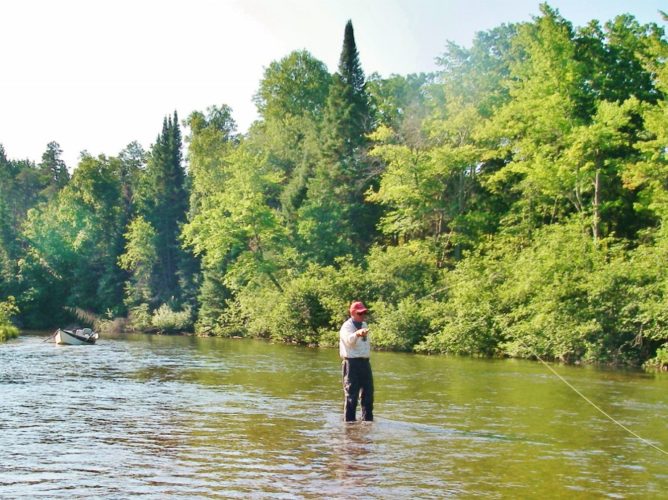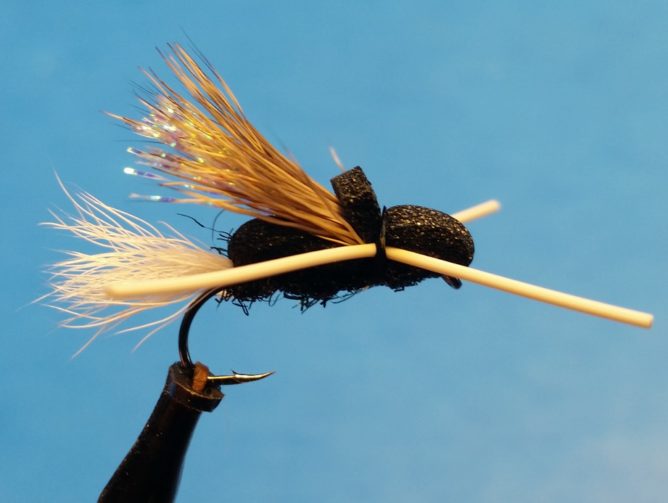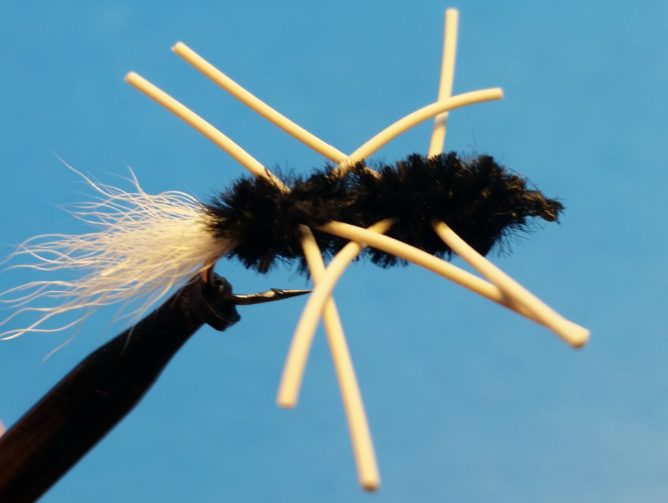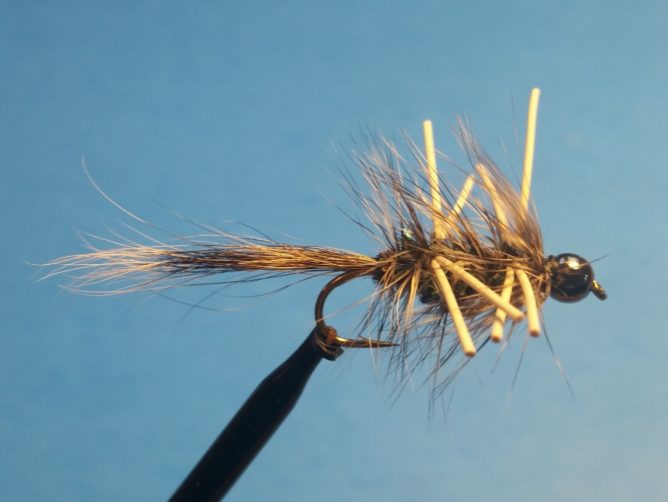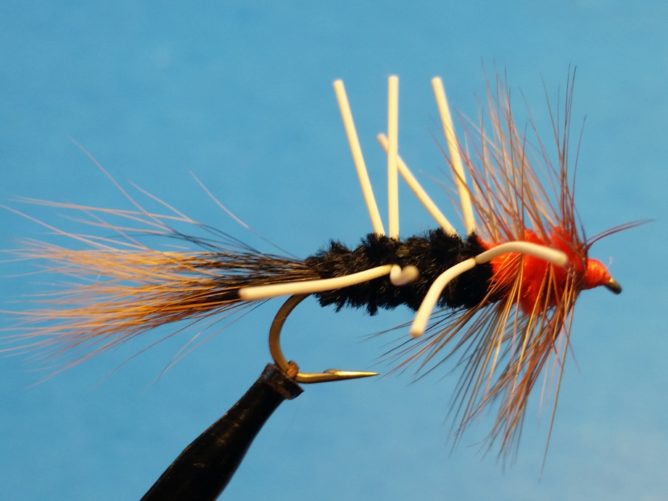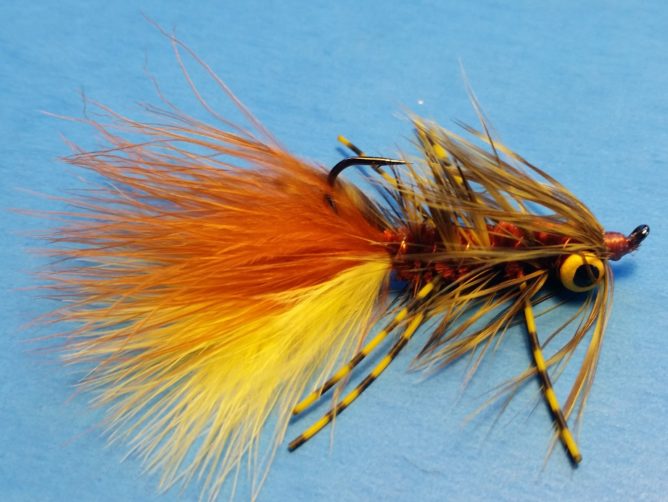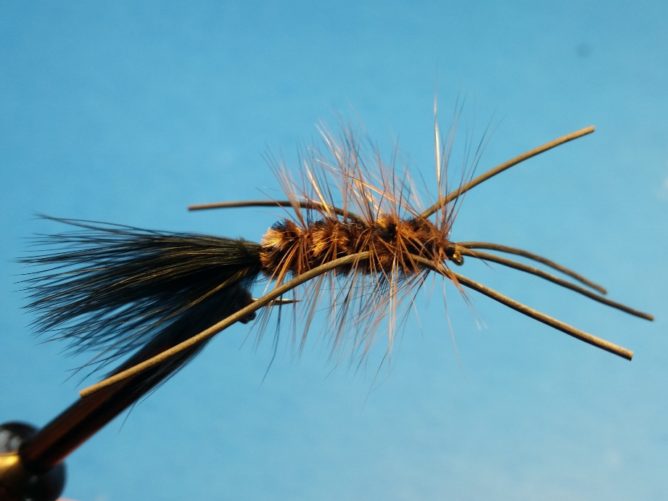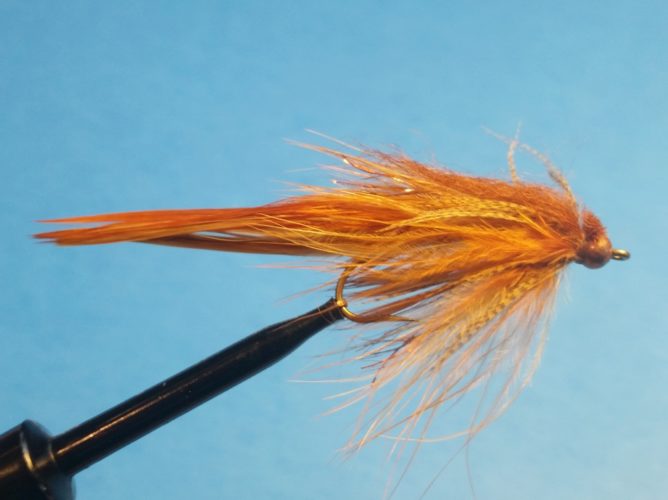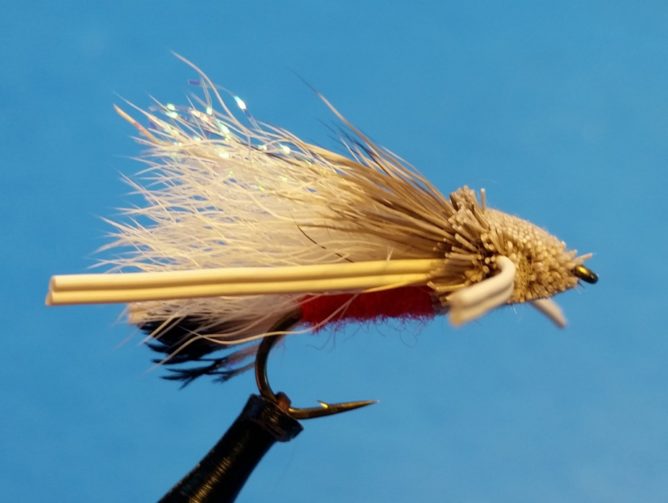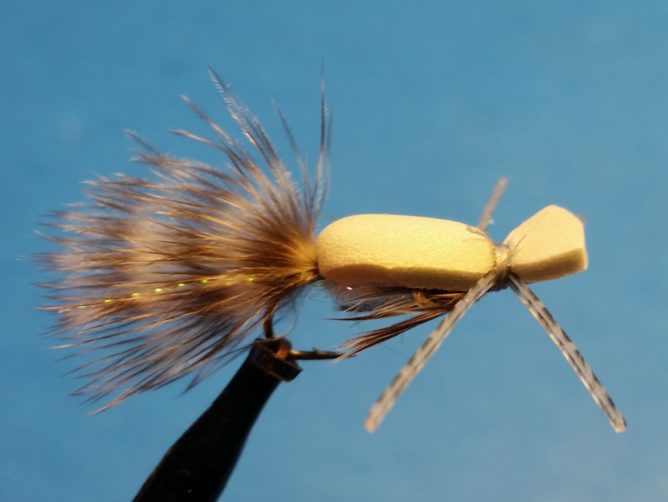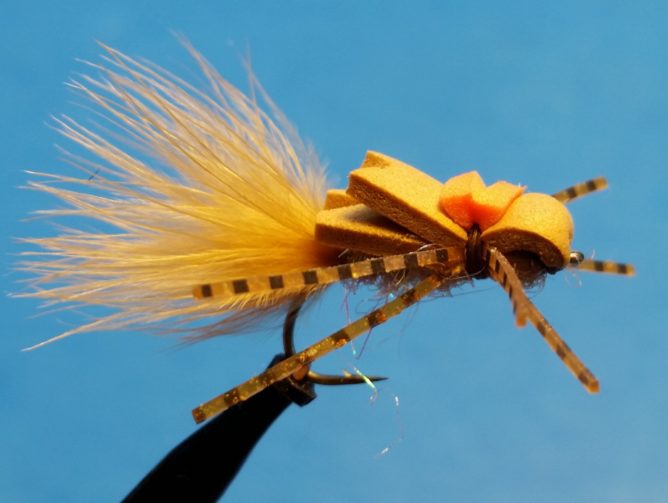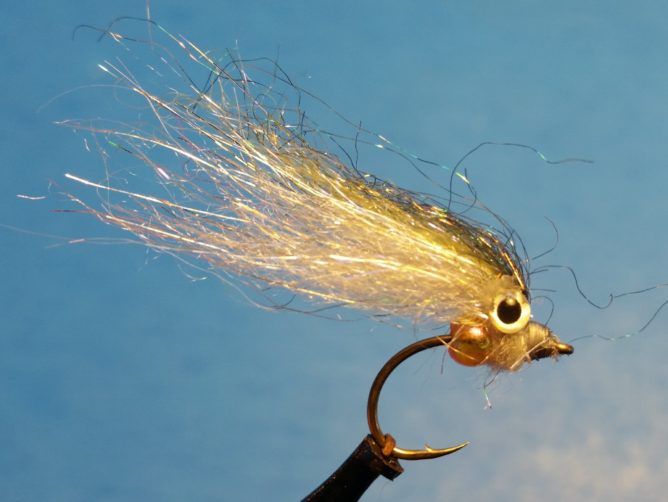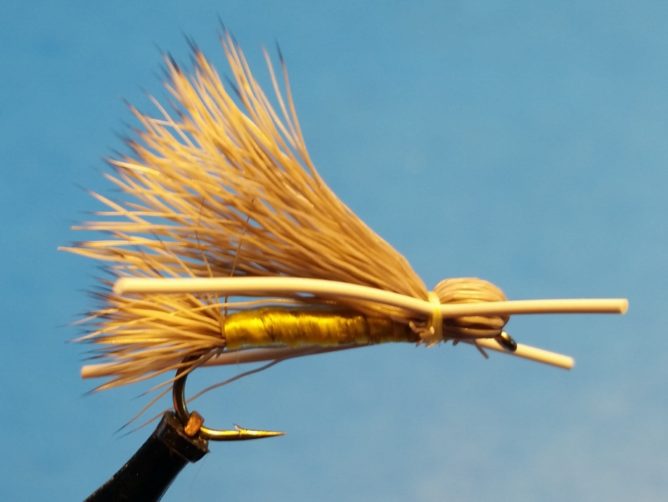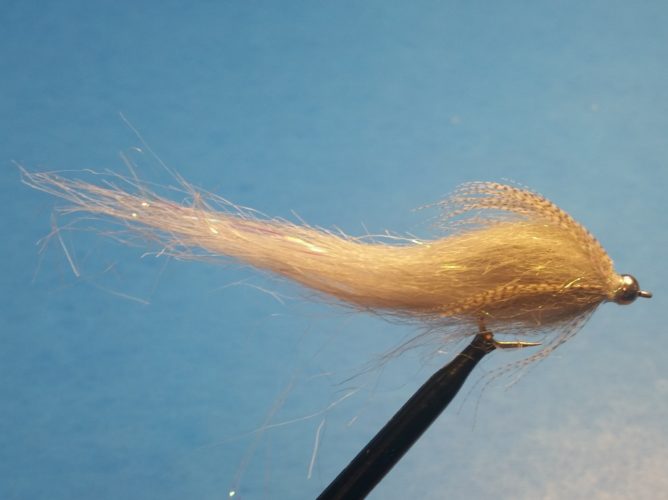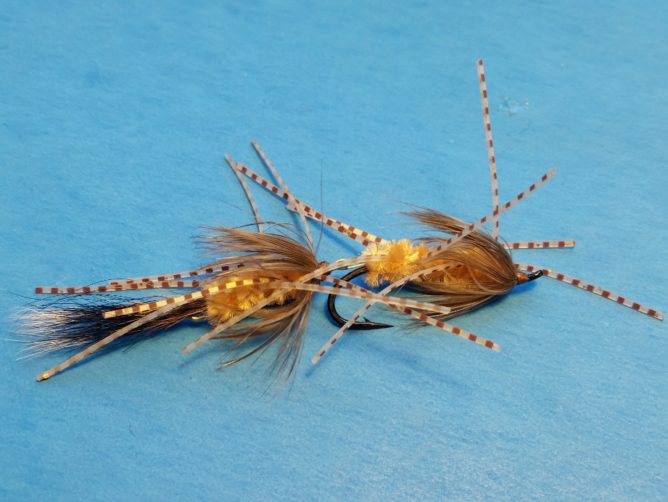The big bugs and crescendo of our May and June hatches have pretty much come to an end. There might be an encore performance as there usually are some stragglers and late bloomers, but for the most part it’s near time to put the headlamp away for the season.
There seems to be a lull this time of year as recent fishing pressure and the big meals provided by the Hex mayflies have the trout laying low while digesting the two weeks of over indulgence. Other bugs come and go usually late mornings and late evenings, but be careful fishing in the evenings with water temps approaching the upper 60s. Have some Summer Olives/Drunellas (#14 BWO) and Pink Ladys/Epeorus (#14 Borchers). Always have some Isonychias in your box into August and some Bat Flies if headed out in the next week.
On the overcast days, cover the water with some sub-surface “twitch” flies like skunks and other weighted oversized nymphs, small streamers with rubber legs on them.
Speaking of rubber legs – it’s also time to think about fishing some terrestrials and attractors on the surface with their attention getting moving legs.
July and August are also great times to shift gears from the trout streams and hit the bigger rivers for some smallmouth bass. Baitfish streamers fished on slow sink-tip or intermediate-tip lines around log jams usually out produce poppers but when streamers aren’t working, think about going right to poppers/surface bugs. With the full-moon, crayfish are molting, and a tan colored imitation fished near rocks is usually a sure bet.
Lastly, with the full-moon look for the last of the big bluegill/panfish up shallow doing their last spawning cycle on the local lakes and ponds.
Good luck.
Ted
Trout – July and August is time for Ticos and Terrestrials on the Upper Manistee – an ideal half-day on the river.
Smallmouth Bass– Spend a half or full-day on the lower Manistee fishing smallies – June through Late August.
Fall Steelhead – November still has some dates available in 2023 – finish the fishing season strong.

